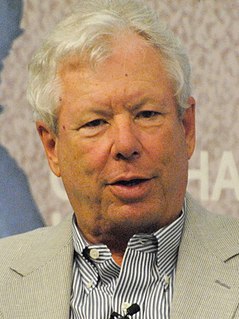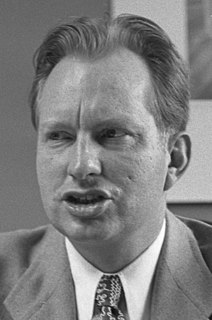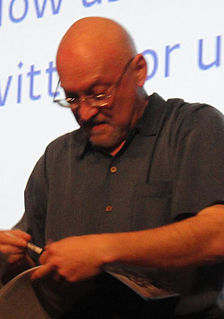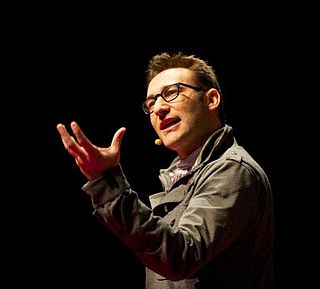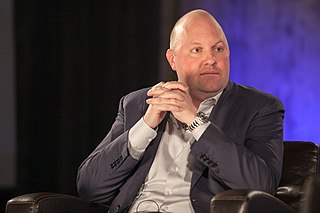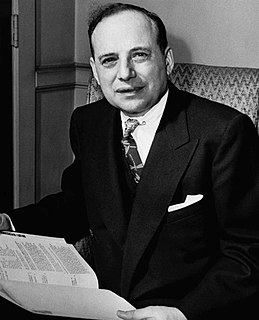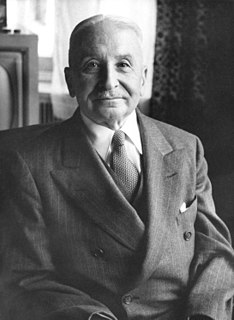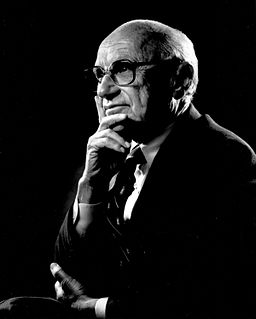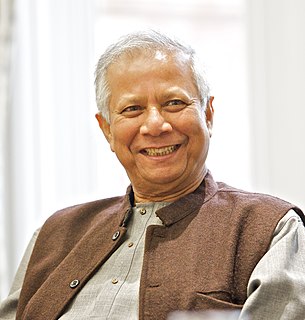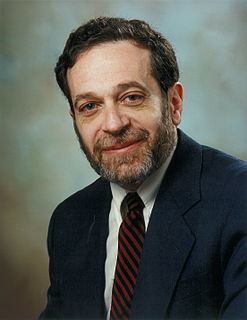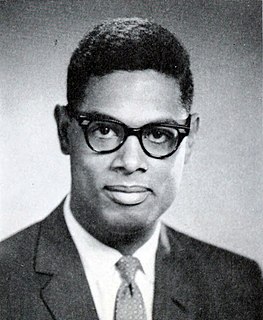A Quote by Arthur Laffer
The story of how the Laffer Curve got its name begins with a 1978 article by Jude Wanniski in 'The Public Interest' entitled, 'Taxes, Revenues, and the Laffer Curve.'
Related Quotes
Arthur Laffer's idea, that lowering taxes could increase revenues, was logically correct. If tax rates are high enough, then people will go to such lengths to avoid them that cutting taxes can increase revenues. What he was wrong about was in thinking that income tax rates were already so high in the 1970s that cutting them would raise revenues.
The normal curve is a distribution most appropriate to chance and random activity. Education is a purposeful activity and we seek to have students learn what we would teach. Therefore, if we are effective, the distribution of grades will be anything but a normal curve. In fact, a normal curve is evidence of our failure to teach.
I'm still learning. It's all a learning curve. Every time you sit down, with any given episode of any given show, it is a learning curve. You're learning something new about how to tell a story. But then, I've felt that way about everything I've ever done - television, features or whatever. Directing or writing, it always feels like the first day of school to me.

